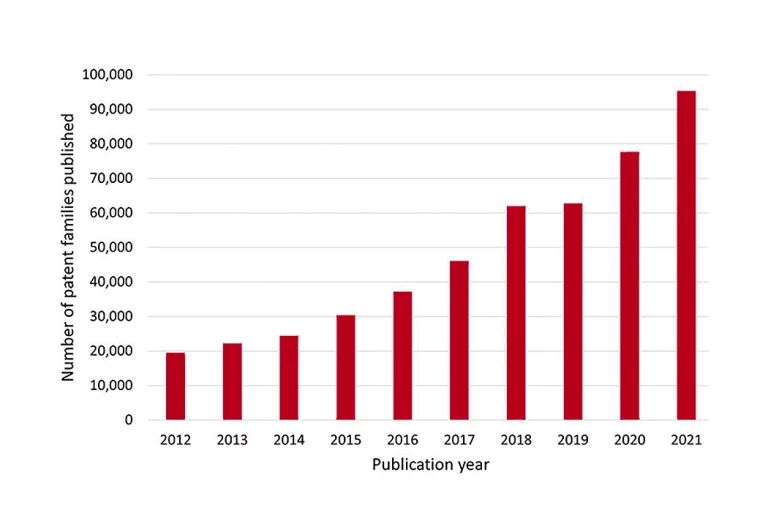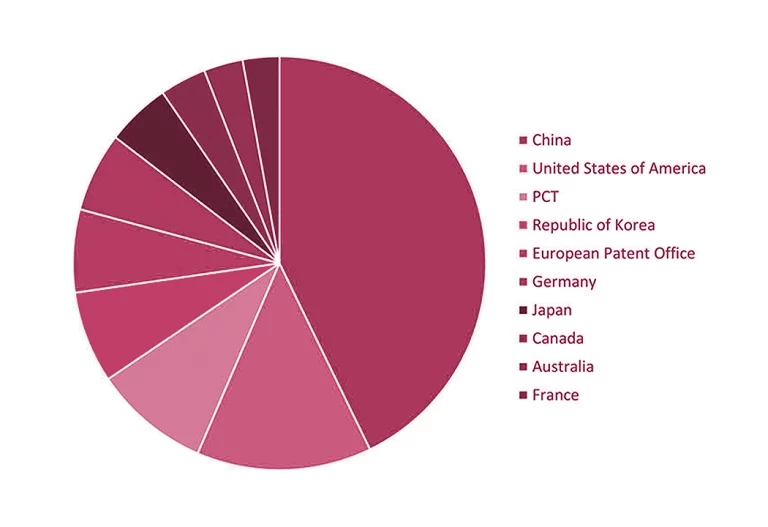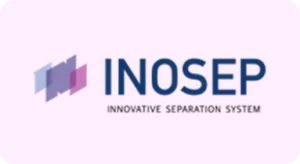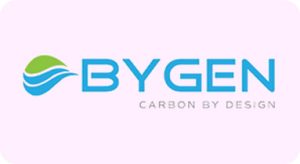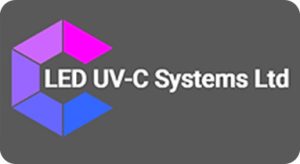Desalination, the process of converting saline water into freshwater, has emerged as a beacon of hope, especially for arid regions grappling with water scarcity. The driving force behind this is the mounting pressure on freshwater resources, accentuated by climatic changes, burgeoning populations, and the overarching need for sustainable water solutions.
Conventional desalination techniques, primarily reverse osmosis, though effective, have been critiqued for their substantial energy consumption and environmental implications, particularly the brine waste they produce.
Navigating these challenges, the desalination domain is undergoing a transformative evolution, heralding techniques that are not only efficient but also environmentally benign. The spotlight is on optimizing the core of desalination – the membranes.
Breakthroughs in this domain are shaping membrane materials and designs that stand apart. Thin-film composite membranes, for instance, are gaining traction for their enhanced desalination efficiency and reduced energy footprint.
Biomimetic membranes, inspired by nature, are pushing the envelope further by replicating natural water transport mechanisms, offering unparalleled selectivity and water recovery rates.
However, the journey of modern desalination isn’t confined to membranes alone. Processes like forward osmosis, membrane distillation, and solar desalination are charting new territories.
Forward osmosis capitalizes on natural osmotic gradients, promising desalination with significantly reduced energy inputs. Membrane distillation, blending thermal and membrane processes, ensures high-quality freshwater production.
Solar desalination, harnessing the abundance of sunlight, presents an eco-friendly desalination avenue, especially promising for regions blessed with ample sunlight.

